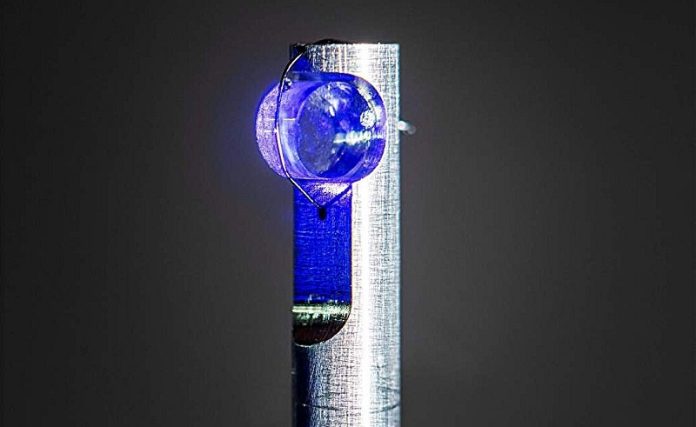
For nearly a century, scientists have been trying to find dark matter—the invisible substance that seems to make up about 80% of all matter in the universe.
Even though dark matter can’t be seen or touched, it’s believed to play a major role in how galaxies form and move.
Scientists have tried many ways to detect it, from searching the sky for strange signals to trying to create it in giant particle accelerators. So far, no direct evidence has been found.
Now, a new approach using an element called thorium-229 may offer a promising way forward.
Scientists are working to build a new kind of timekeeping device called a nuclear clock, which could one day detect the subtle effects of dark matter.
Unlike current atomic clocks that use electrons, nuclear clocks measure time based on changes within the atomic nucleus itself.
Because nuclei are less sensitive to environmental interference, they could provide a much more stable and precise way to measure time.
One element stands out for this task: thorium-229. It has a special quality—its atomic nucleus has a low resonance frequency, meaning it can be controlled with relatively weak ultraviolet lasers.
This makes it easier to study compared to other nuclei, which usually require more powerful radiation. Scientists discovered this property decades ago, but for nearly 50 years, no one could measure thorium-229’s resonance frequency with the precision needed to build a nuclear clock.
That changed last year. Research teams in Germany and Colorado made big breakthroughs, measuring thorium-229’s frequency with far greater precision than ever before.
These advances got the attention of physicists at the Weizmann Institute of Science in Israel. They realized that even before a nuclear clock is fully built, these new measurements could already be used to search for signs of dark matter.
Just like pushing a child on a swing at just the right moment, the nucleus of an atom can be nudged between two energy states using radiation at its exact resonance frequency.
If dark matter exists around us in a wave-like form, as some scientists suspect, it could very slightly alter the mass of atomic nuclei and cause tiny, temporary shifts in this frequency.
By carefully studying the absorption spectrum—the pattern of how much energy the nucleus absorbs at different frequencies—scientists might spot these small shifts.
The research team calculated that these subtle changes in thorium-229 could reveal the influence of dark matter forces even 100 million times weaker than gravity.
That’s an incredibly faint signal, in a part of physics no one has explored before. So far, no changes have been found, but the team has created a detailed model for what to look for in the future and how different types of dark matter might affect the thorium nucleus.
If a thorium-229 nuclear clock is finally built, it could open the door to a completely new way of detecting dark matter. It would also improve navigation systems, communication networks, and many other technologies that rely on precise timing.
More importantly, it could help answer one of science’s biggest mysteries—what dark matter really is and how it shapes the universe.



